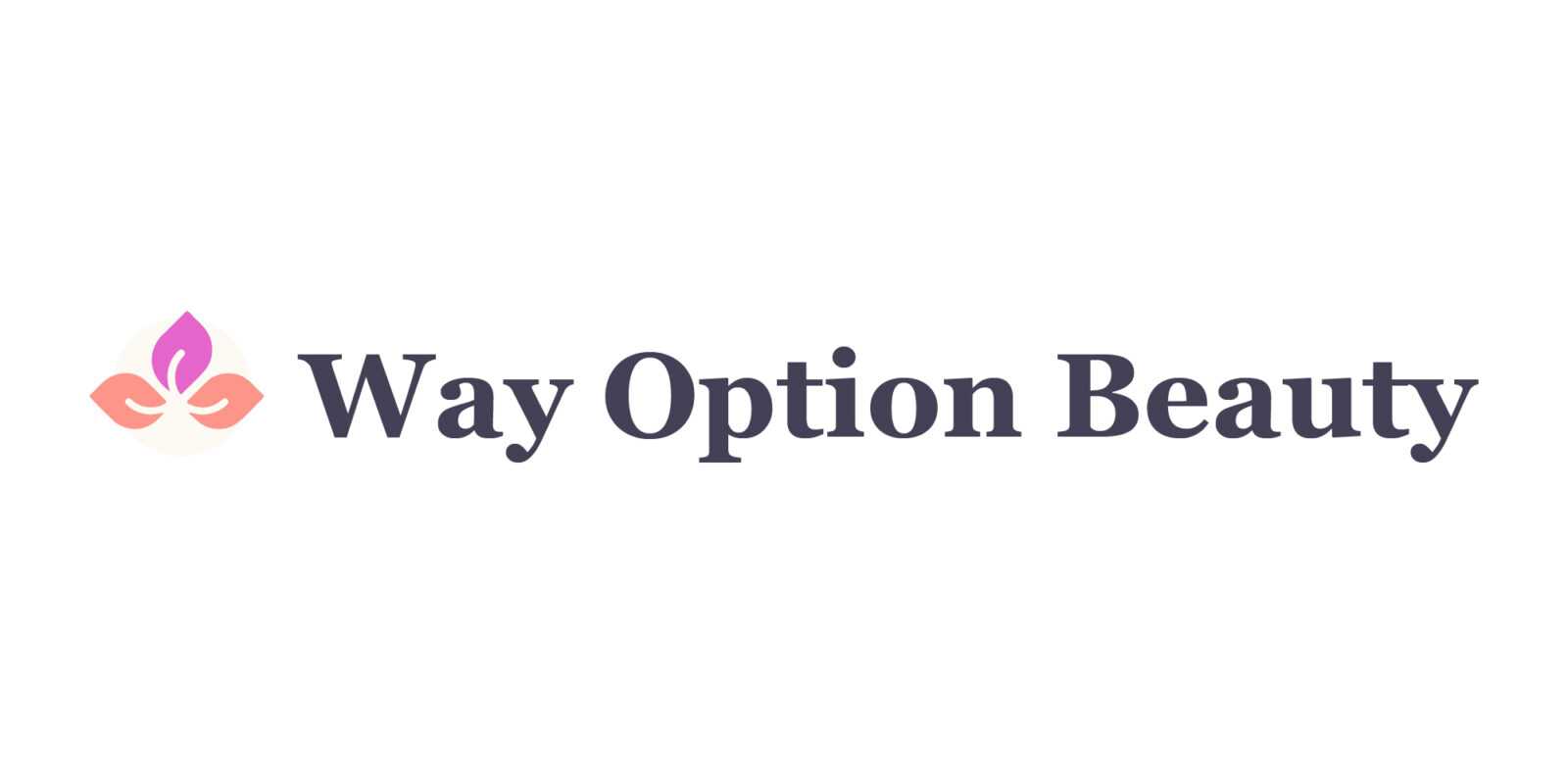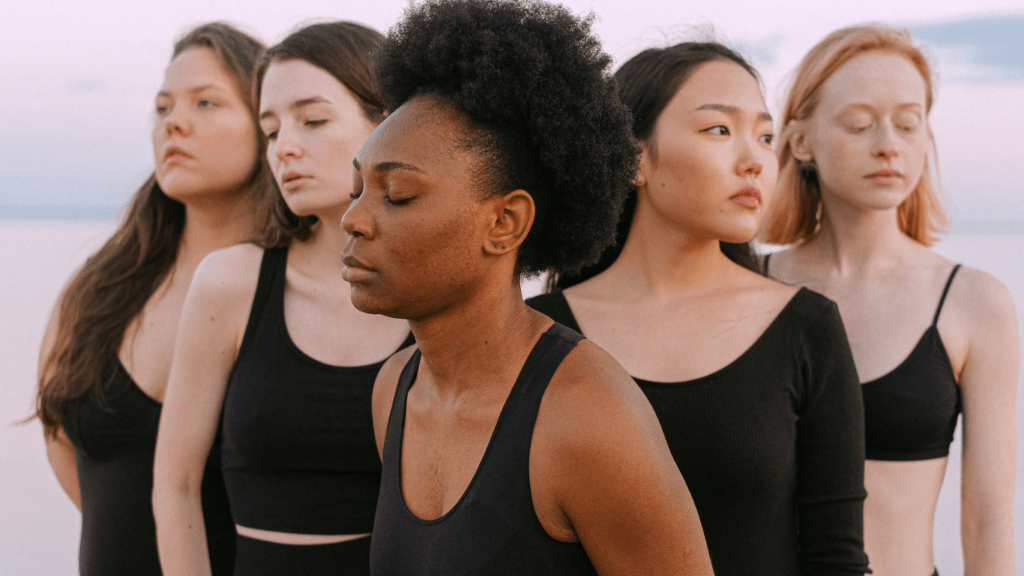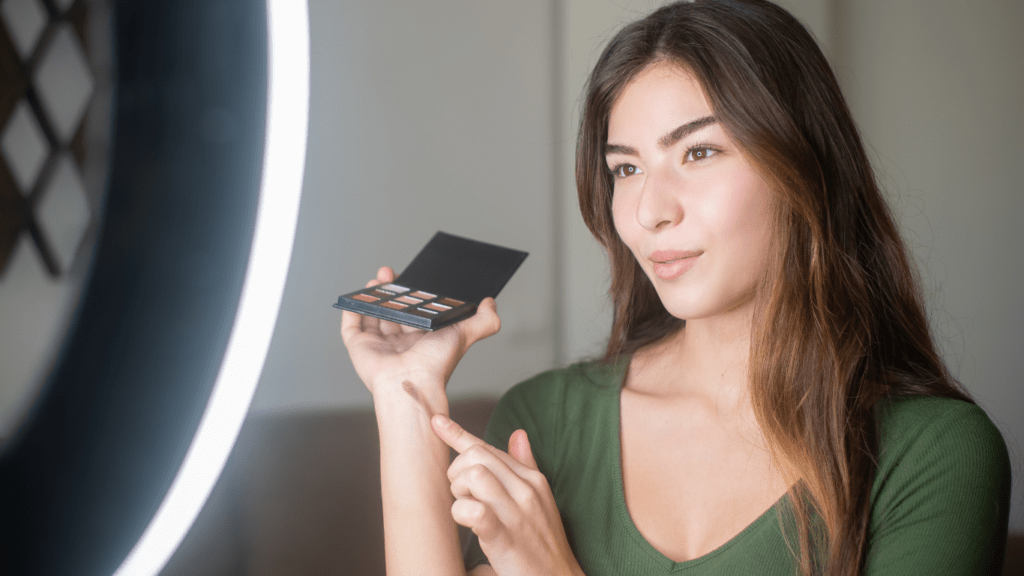The Importance of Inclusivity in Beauty
Inclusivity in beauty plays a crucial role in empowering individuals and promoting diversity. By offering a wide range of shades, brands can cater to various skin tones. This approach not only recognizes but also celebrates unique beauty.
Many consumers feel more confident when they find products that match their skin tone. This can be especially significant for people of color, who traditionally had fewer options. Brands like Fenty Beauty and MAC are praised for their extensive shade ranges, which cater to a diverse audience.
Accessibility is another key aspect. Packaging designed for those with disabilities shows that brands care about inclusivity. Easier-to-open containers and braille labels make beauty products more accessible. Such measures ensure everyone, regardless of physical ability, can enjoy beauty products.
Inclusivity in beauty also boosts brand loyalty. Consumers are more likely to support brands that acknowledge their needs. By being inclusive, brands not only expand their customer base but also foster a sense of belonging.
Lastly, this movement challenges and shifts beauty standards. The industry’s traditional norms often excluded many. Inclusivity promotes a broader and more diverse definition of beauty. This shift has profound implications, encouraging self-expression and acceptance.
Expanding Shade Ranges
The expansion of shade ranges marks a significant milestone in the beauty industry. This progression ensures that more people find products that match their unique skin tones.
Historical Perspective on Shade Inclusivity
In the past, beauty brands limited their foundation shades. Options for people of color were few, often restricted to light or medium tones. This lack of variety marginalized a significant portion of consumers. Historical market research (e.g., a 2017 survey by Mintel) revealed that 75% of women of color had trouble finding products that matched their skin tones. Over time, these limitations led to a growing demand for more inclusive options.
Leading Brands in Expanding Shade Ranges
Several brands are at the forefront of this movement, setting new standards for inclusivity. Fenty Beauty, for example, launched with 40 foundation shades in 2017, immediately making headlines. Other brands like MAC, with its extensive range, and Maybelline, which offers the Fit Me collection, have also pushed the boundaries. Recently, Dior and L’Oréal followed suit, expanding their ranges to cater to diverse skin tones. These efforts are often highlighted in industry reports and customer testimonials, showcasing their positive impact.
Impact on Consumers
Expanding shade ranges directly benefits consumers. Individuals feel seen and valued when they find products that suit their unique skin tones. This inclusivity fosters greater customer loyalty and brand trust. Also, having access to suitable shades boosts self-confidence and allows for better self-expression. The Journal of Consumer Research points out that consumers using products that reflect their identity experience higher satisfaction. By meeting these needs, beauty brands enhance their reputation and contribute to a broader, more inclusive definition of beauty.
Accessibility in Beauty Products
Brands aren’t just focusing on shade ranges. They’re also making beauty products more accessible in other ways.
Innovations in Packaging
Beauty brands are rethinking packaging to include everyone. Some, like Olay, offer bottles with easy-to-open caps. Others, like Glossier, are creating braille labels for visually impaired users. These changes ensure more people can use their products without barriers.
User-Friendly Online Shopping Features
Online shopping should cater to all beauty consumers. Websites like Sephora and Ulta provide shade-matching tools. They also offer virtual try-ons, helping users find the right products without leaving home. Simplified navigation and screen reader compatibility make it easier for everyone to shop online.
Physical Store Enhancements
Physical stores are becoming more inclusive. Brands are training staff to assist diverse needs, ensuring every customer feels welcome. Displays at stores like MAC and Lush are now designed with accessibility in mind. Accessible shelves and mirrors help users test products comfortably. These enhancements make in-store shopping a more inclusive experience for all.
Community and Influencer Impact

Inclusivity in beauty has soared, thanks to the pivotal roles of social media influencers and community feedback. They provide real-world insights, driving significant changes in how brands connect with their audiences.
Role of Social Media Influencers
Social media influencers champion diverse beauty by showcasing products that cater to all skin tones and accessibility needs. Influencers like Jackie Aina and Nyma Tang advocate for broader shade ranges, often calling out brands for lack of inclusivity. Their large followings amplify their messages, compelling brands to expand their offerings. When influencers review and recommend inclusive products, it reaches millions, ensuring that the need for diversity isn’t ignored. Brands collaborating with these influencers often see increased trust and engagement from a broader audience.
Community Feedback and Brand Adaptations
Brands actively listen to their communities, adapting products and strategies based on feedback. Online platforms like Instagram and Twitter serve as direct lines to consumer voices. When users express dissatisfaction with limited shades or packaging, companies take notice. For instance, Fenty Beauty’s expansion into deeper and lighter shades followed direct consumer calls for more options. Surveys and polls also play a role, providing data that drives product development. Brand adaptations stemming from community feedback not only improve product offerings but also build stronger consumer relationships.
Future Trends in Inclusive Beauty
The beauty industry continuously evolves, embracing inclusivity as a core principle. Future trends indicate significant advancements aimed at enhancing diversity and accessibility.
Emerging Brands and Innovations
Several emerging brands are leading the charge in inclusive beauty. Companies like UOMA Beauty and Mented Cosmetics focus on celebrating diversity from the ground up. UOMA Beauty offers 51 shades of foundation, addressing undertones and skin concerns specific to people of color. Mented Cosmetics tailors its products to complement deeper skin tones, featuring a range of lipsticks and foundations.
Innovations in beauty technology also contribute to inclusivity. Brands like REZA have developed AI-based tools for personalized skincare. Consumers use apps to identify specific skin needs, ensuring tailored products. Another example is a customizable approach to cosmetics, where brands like Opté Precision Skincare System provide targeted skincare treatments using advanced image diagnostics and printing technology. These innovations enhance consumers’ ability to find products that truly match their unique needs.
Predicted Market Shifts
Market dynamics anticipate major shifts driven by the demand for inclusivity. Analysts predict that brands will integrate even more diverse shade ranges and inclusive features. According to a study by Grand View Research, the global makeup market is expected to grow significantly, driven by rising disposable income and increased awareness of ethnic-specific beauty products.
Additionally, sustainability intersects with inclusivity. Brands like Lush and Biossance are addressing both by creating eco-friendly, accessible, and diverse products. Consumers prioritize environmentally responsible beauty, pushing brands to innovate within inclusive parameters.
Brands are also expected to expand their geographic presence, reaching underserved markets globally. This means more comprehensive options for diverse skin types and tones, from Asia to Africa and beyond. As detailed in MarketWatch reports, the global beauty market’s CAGR (Compound Annual Growth Rate) is set to rise, indicating broader availability and inclusiveness.
Through these future trends in inclusive beauty, the industry is reshaping to meet the diverse needs of its audience, setting a new standard for beauty that celebrates all individuals.



